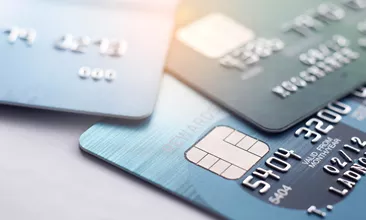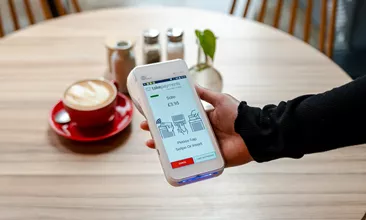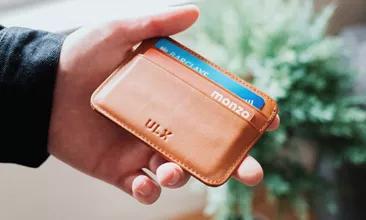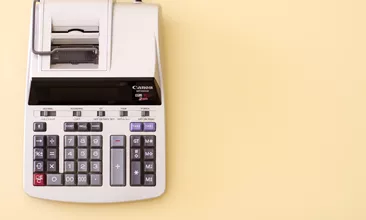
Thursday, 25 April 2024
What is card payment security: 8 ways to protect your customers
UK Finance’s Half Year Fraud Update for 2023 revealed that £258.9 million had been lost to card fraud in the first half of 2023. And it’s not just shoppers who are being duped out of their hard-earned cash. Juniper Research predicted that eCommerce businesses lost up to $48 billion due to online payment fraud in 2023.

Monday, 15 April 2024
What are business rates? The latest updates in 2024
While running your own business is one of the most rewarding ways to make a living and can give you the freedom to be your own boss, part and parcel of the deal is the accompanying homework you’ll be responsible for. From understanding pension schemes to working out taxes and setting up payroll, there’s a lot involved behind the scenes that fuels the successful and above-board running of a business.

Friday, 22 March 2024
PCI DSS 4.0: how to comply with the latest changes
Running a business brings some big rewards but also comes with many responsibilities, from managing taxes to invoicing. One of these obligations is being compliant with the required payment regulations and standards, which is crucial for protecting your business and customer trust. The Payment Card Industry Data Security Standard version 4.0 (PCI DSS 4.0), the latest update to card payment security standards, introduces a new wave of requirements that businesses must meet before the deadline.

Monday, 11 March 2024
Which is the best card payment machine for my business?
Gone are the days when you had to be glued to your till to take card payments. The landscape’s constantly evolving, and with that comes more and more choice. So, if you’re a merchant looking to upgrade your existing terminal for something faster and more efficient, knowing which is the right fit can be overwhelming.

Friday, 22 December 2023
What is an acquirer? A guide to merchant acquirers for small businesses
Did you know that over 65 million debit card transactions are made each day in the UK? Whether it’s a quick contactless tap on public transport or an online purchase from an e-commerce retailer, an acquirer plays a role in every single one of those transactions. But what is an acquirer and how are they involved in card payments?

Thursday, 21 December 2023
9 bank cards explained: What are credit, debit, virtual cards and more
Bank cards are a staple in wallets all over the world. From a restaurant owner eyeing a speedy transaction solution to an online startup seeking a secure payment method, the choices are vast and varied. Lost your card? No worries, a virtual card has got your back. Managing business expenses? A corporate card might just be your new best friend. However, with such a wide range of choices, knowing the differences and understanding which option best suits your needs can be challenging.

Friday, 15 December 2023
What is a Bacs payment? An easy-to-understand guide for businesses
Transferring money between banks has never been easier in recent years thanks to digital payment methods, meaning you can send money to anyone, anywhere in the world, with the click of a button. But when a business sends money, the stakes are a little bit higher, especially when you’re sending large sums of money.

Monday, 27 November 2023
What is a CHAPS payment? A simple guide for businesses
In the fast-paced world of business, your company needs to be able to make quick, efficient and high-value payments as swiftly as possible. This is where the CHAPS transfer method steps in, offering a robust solution for those critical, larger-sum transactions. But what exactly is a CHAPS transfer, and is this payment option something that all businesses should consider using? We’ll deep dive into everything you need to know about CHAPS payments.

Friday, 17 November 2023
How to prepare your business for Christmas: 5 tips for the festive period
The festive season is creeping up on us – it’ll be here before we know it. As well as being an important commercial event and a cultural holiday, Christmas requires plenty of preparation. For many businesses, performance over the festive season can determine whether they make a profit that year. As the retail landscape grows more competitive, it’s crucial to get it right and plan your festive strategy sooner rather than later.
